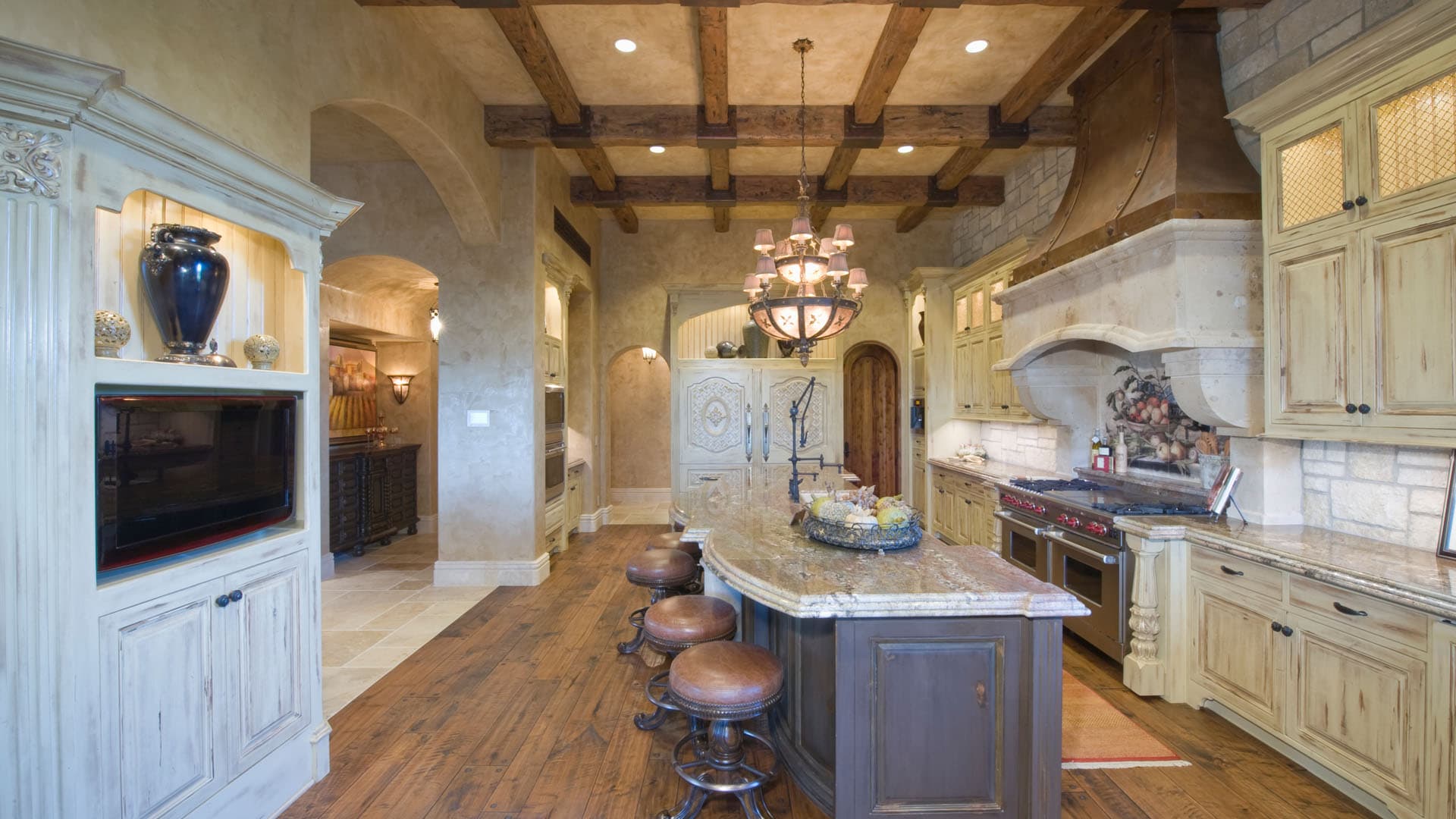Recent Tips and Articles by Pinon Painting
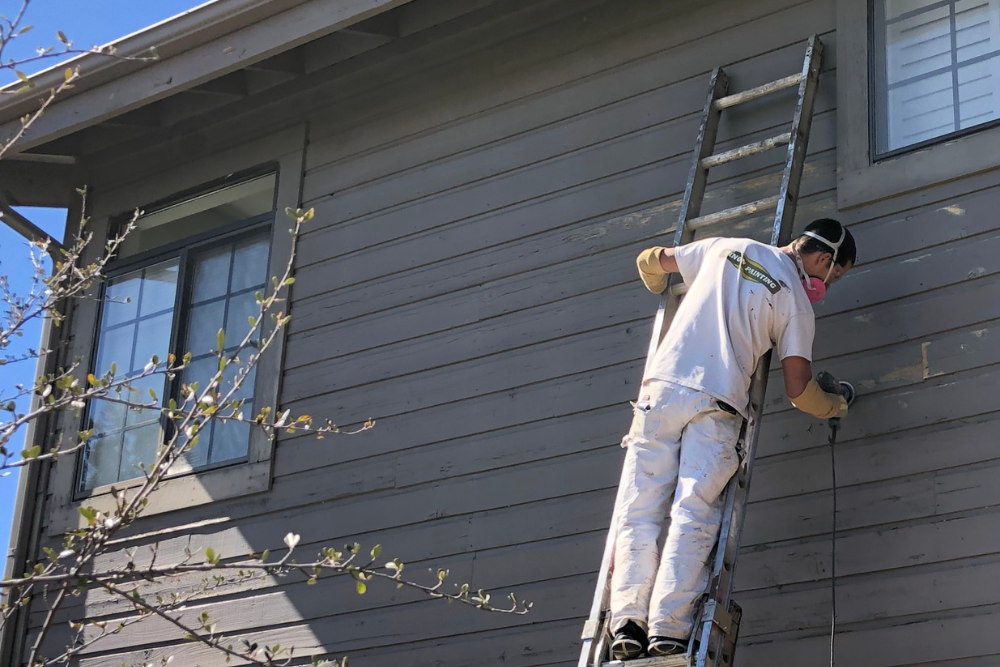
How Can You Spot a Quality Painting Contractor?
Finding the right painting contractor can make a big difference in your home project. A skilled painter can help refresh your space and add value to your home. A bad one can cause stress, delays, and poor results. That's why it's important to know what signs […]

Why Do Arizona Homes Need Regular Repainting?
Arizona homes need regular repainting because the desert sun, dry air, and strong winds quickly wear down even the best exterior finishes. Unlike other regions, Arizona's climate creates unique challenges that homeowners can't afford to ignore. Without proper maintenance, paint fades, cracks, and peels,leaving your home […]

How to Protect Prescott Landscaping During Exterior Painting
Protecting your Prescott landscaping during exterior painting is as important as choosing the right paint color. Rock gardens, drought-tolerant plants, and succulents are common in Arizona yards and a careless paint job can cause unnecessary damage. Overspray, dripping paint, and heavy covers can all stress or […]
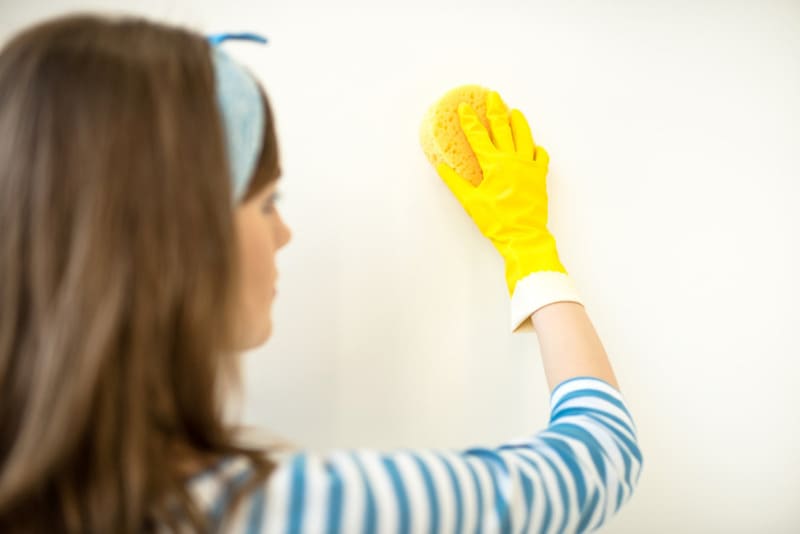
How to Care for Newly Painted Walls: What Every Homeowner Should Know
When you invest time and money into painting your house, you want the results to last—caring for your newly painted walls will help make that happen. Whether it’s a whole interior painting project or a fresh coat of paint on your home’s exterior, knowing how to […]

Why Professional Painting is Worth the Investment
While it may be tempting to DIY your next paint project, we're here to tell you that hiring a professional painter is worth the investment. Are you considering a fresh coat of paint for your home or business? Painting is one of the most impactful investments, giving […]

5 Signs Your Arizona Home's Exterior Needs a Fresh Coat of Paint
Living in Arizona means enjoying breathtaking desert landscapes, warm weather year-round, and spectacular sunsets. But while the climate offers many advantages, it also presents unique challenges for homeowners—especially when maintaining a home's exterior. The intense sun beats down daily, causing your home's paint to fade and dry […]

DIY Home Washing
By Jimmy Cordier Regular home washing in Prescott is key to keeping your home looking fresh and protecting your investment. Arizona's dry, dusty climate means your house exterior takes a beating from sun, dirt, and wind. Over time, this buildup can make your home look dull and […]

Painting Through Monsoon Season
At this time of year, we get plenty of customers that are concerned about painting their homes exterior. Yes, this is generally a wetter time of the year. But, on most days, it is usually not a big concern. Where I come from, it was going to […]
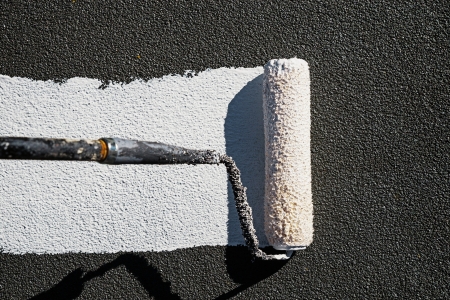
Elastomeric Paint: Why We Don't Recommend It For The Prescott Area
I feel that elastomeric is a terrible product for our area. Elastomeric is a product that was designed for high humidity climates to keep moisture vapor out. It does work as a moisture barrier as long as the coating remains intact. If any breaks in […]

Painting Your Home Exterior
Most people wait too long to paint their home because it’s an expensive endeavor, and even more, a pain in the butt if you’re doing it yourself. I fully understand that painting your home is a major undertaking and a big decision that requires a good […]
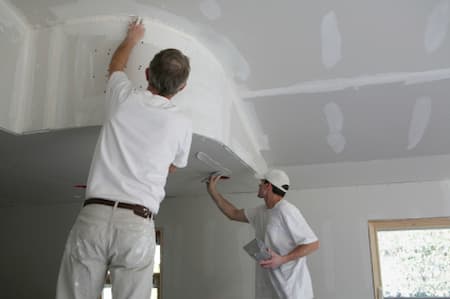
This Is How To Fix Stress Cracks In Drywall The Best Way
How to fix stress cracks in drywall starts with making the crack bigger. Then, fill it in with caulk and wait to see if it needs more. Find out more below. Fixing stress cracks in drywall starts with digging into the crack a little bit. Then, fill […]
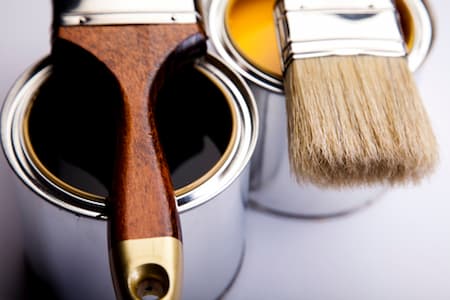
Is Sherwin Williams Or Benjamin Moore Paint Better For Your Home?
Everyone wants to use the best paint when they have someone paint their home. It looks better and lasts longer than if your painter uses lower-quality paint. In this post, you can find out what’s better when it comes to Benjamin Moore vs Sherwin Williams paint. When […]

The Best Paint And Stain And Primer For Your Exterior Wood Home
Only the best deserves the best, and we think everyone’s the best! We’d love to help you find out what the best materials are to use on your home’s wood exterior. In this post, you can find out what we believe are the best paints, stains, […]

Staining Vs. Painting Your Home And Why It's Important
Staining vs painting your home will not only decide how it looks but how often you will need to repaint it. There are a couple of options. Find out how long they all last below. With staining vs painting a home, it’s about the look and durability. […]

How Long It Takes To Paint A House Interior And Exterior
Knowing how long something takes can help you better prepare for it. This is especially true if you won’t have access to your kitchen, bathroom, or bedroom for a few days. In this post, you can discover how long it takes us to paint a room, […]
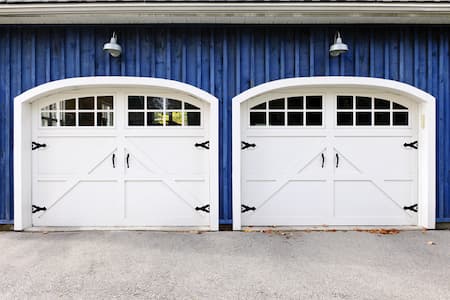
Can You Paint Behind Garage Door Weather Strips Or Not?
You really don’t want to paint behind garage door weather strips on your home. After hearing a personal story, you’ll know why. Find out what you need to know below. You can paint behind garage door weather strips, but it may not be a good idea. Top-quality, […]

How Much It Costs To Replace A Wood Deck With Composite
Replacing your wood deck with composite is a great idea! Composite decking is durable and beautiful, with plenty of different styles to choose from. In this post, you can find out how much it costs to replace decking with composite. You can also discover the main […]
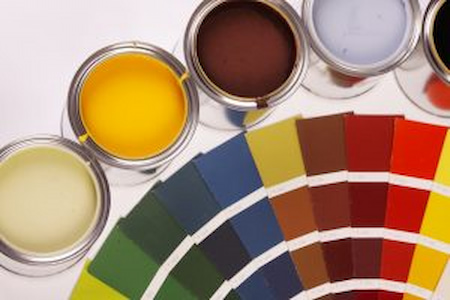
Paint Finish Types, Their Differences, And The Best Rooms For Them
Matte, eggshell, satin, semi-gloss, and gloss paint finishes are all different and work better in certain rooms than others. Find out their differences and where to use them below. Paint finishes differ due to shininess and durability. In order of shininess, the different types of paint finishes […]

How Pinon Painting's Warranty Protects Our Clients And For How Long
You as a client are our number 1 priority. We want to make sure you feel safe and taken care of when we work together. In this post, you’ll find out what our warranty covers and for how long. Our warranty lasts for 3 years (the state […]

This Is The Best Type Of House Paint We Use For Our Client's Homes
From the painting horror stories we’ve heard, it’s no wonder you want to know what type of paint we use. We don’t use low-quality paint because that hurts everybody in the end. In this post, you’ll discover what type of paint we use here at Pinon […]

What A Licensed And Bonded Contractor Is (Is Pinon Painting One?)
We’re so thankful you decided to research this question. Working with an unlicensed and unbonded contractor is like having a back-alley surgeon perform an operation on you. In this post, you’ll discover whether or not Pinon Painting is licensed and bonded. You’ll find out what being […]

This Is What Parapet Walls Are And The Best Way To Maintain Them
In this post, you can find out what parapet walls are. You can also discover how we maintain parapet walls from fixing them to painting them. Parapet walls are extensions of walls at the edges of roofs, balconies, and other structures. They act as shorter barriers, usually […]

The Best Time To Paint A House In Prescott (Monsoon Season?)
The best time to paint a house exterior in Prescott is basically whenever! You want the temperature to be between 35 and 150 degrees. Discover more below. The best time of year to paint a house exterior is when the weather is warm, the humidity is low, […]
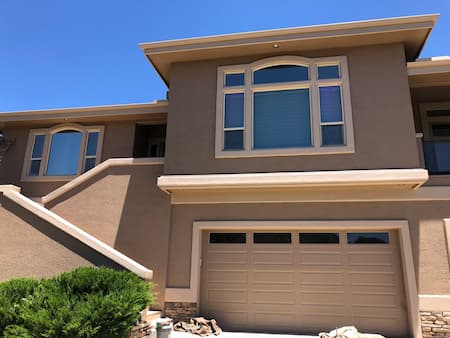
The Best Modern Exterior Paint Colors People Love For Their Homes
The modern exterior paint colors for Prescott include natural finishes, browns, and beiges. They look great, as do some other popular colors. See what they look like below. The modern exterior paint colors for Prescott include browns, beiges, sage greens, and muted grays. We’ve also had some […]

How Much Cabinet Refinishing Costs And What Changes It
Cabinet refinishing costs start at $5,800 minimum because of all the equipment it takes, tenting off the area, and how much work it is. Find out more below. Cabinet refinishing costs are around $5,800 minimum. This kind of project takes a lot of dedication to finish in […]

Are Exterior Painting Benefits Worth Your Time And Money?
Painting your home’s siding does more than make the outside of your house look different. There are several other advantages that you’ll want for your home. But is exterior painting worth your time and money? In this post, you can discover the exterior painting benefits that […]

Does Spraying Vs. Brushing A House Have Better Results?
Spray or brush painting a house can go well or poorly. It depends on the experience level of whoever paints your home. In this post, you can find out the 3 main concerns homeowners have about spraying vs brush painting a house. You’ll also find out how […]
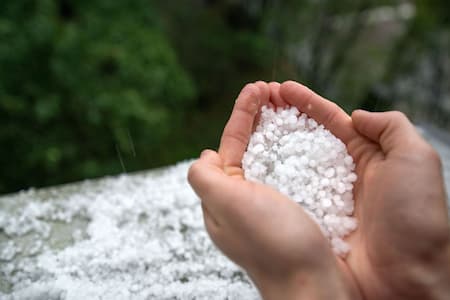
Hail Damage To Your Painted Finishes
Parts of Prescott get a little bit of hail, five or six times a year. And parts of Prescott will get severe hail damage to your painted finishes once or twice a year. But I am only really concerned about the hail that approaches the size […]

The Impact Of Professional Painting Services For Businesses
In the dynamic world of business, first impressions matter. The appearance of your commercial space plays a crucial role in attracting clients, creating a positive atmosphere for employees, and establishing a brand identity. One often underestimated yet powerful way to elevate your commercial space is through […]

Quality Carpentry Repair Services
In the realm of home improvement, carpentry is the backbone that supports the form and function of a house. Over time, wear and tear, weather elements, or unforeseen incidents can take a toll on the structural integrity of your home. This is where quality carpentry repair […]
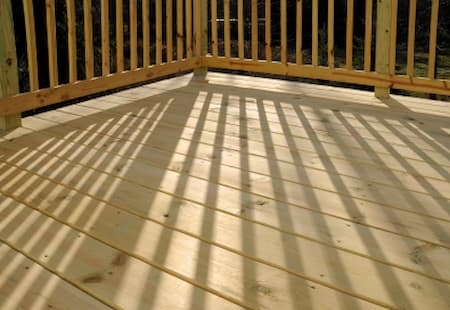
Deck Repair Ensures Safety And Beauty For Your Space
Your deck is a cherished space where memories are made, from family gatherings to quiet moments of relaxation. Over time, exposure to the elements can take a toll on its structural integrity and appearance. Deck repair expertise is crucial not only for maintaining the beauty of […]

How Does The Cold Affect Painting In Prescott?
"When is it too cold to paint?" is a question I am often asked by homeowners. One of the best things about Prescott is the weather, and for the most part, it doesn’t affect us. Top-of-the-line paints from Sherwin Williams and Dunn Edwards can be applied at […]
TIME FOR AN UPDATE? CONTACT OUR PRESCOTT PAINTING CONTRACTORS TODAY!
